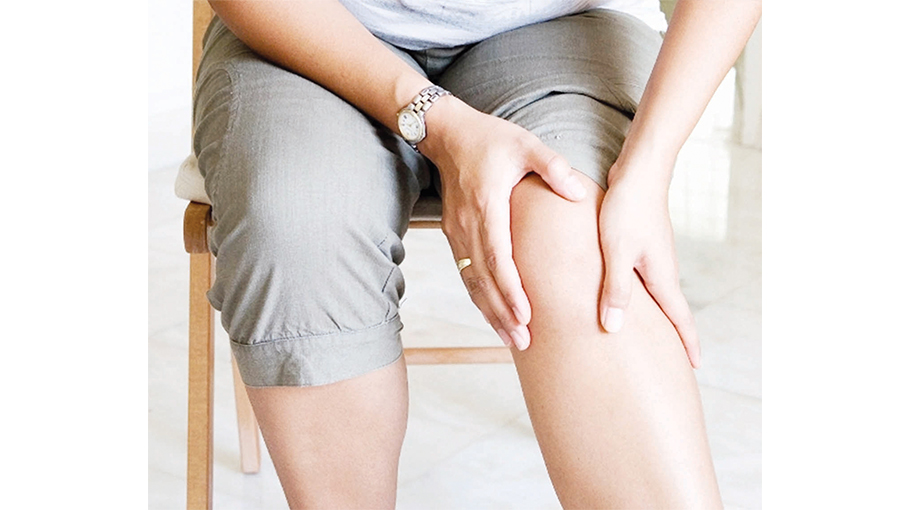Diagnosis, treatment for osteomalacia (part 4)

Osteomalacia can be difficult to diagnose. To pinpoint the cause and to rule out other bone disorders, such as osteoporosis, you might undergo one or more of the following tests:
Blood and urine tests: These help detect low levels of vitamin D and problems with calcium and phosphorus.
X-rays: Structural changes and slight cracks in your bones that are visible on X-rays are characteristic of osteomalacia.
Bone biopsy: Using general anesthesia, a surgeon inserts a slender needle through your skin and into your pelvic bone above the hip to withdraw a small sample of bone. Although a bone biopsy is accurate in detecting osteomalacia, it is rarely needed to make the diagnosis.
Treatment:
Fortunately, getting enough vitamin D through oral supplements for several weeks to months can cure osteomalacia. To maintain normal blood levels of vitamin D, you will likely have to continue taking the supplements.
Your health care provider might also recommend that you increase your calcium or phosphorus intake, either through supplements or through diet. Treating conditions that affect vitamin D metabolism, such as kidney and liver disease or low phosphate levels, often helps improve the signs and symptoms of osteomalacia.
Courtesy: Mayo Clinic




